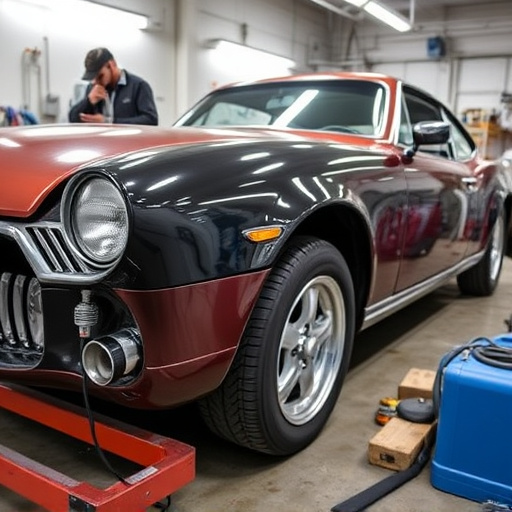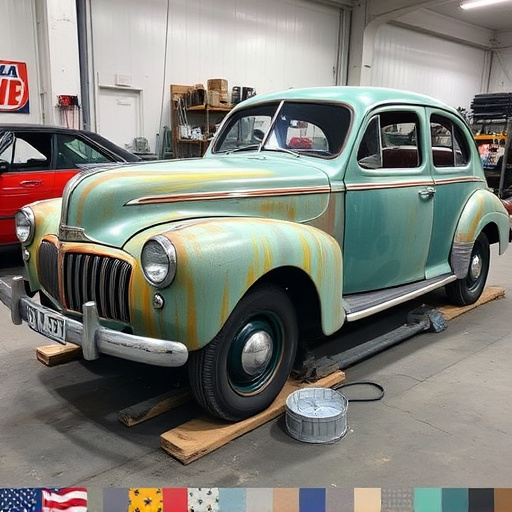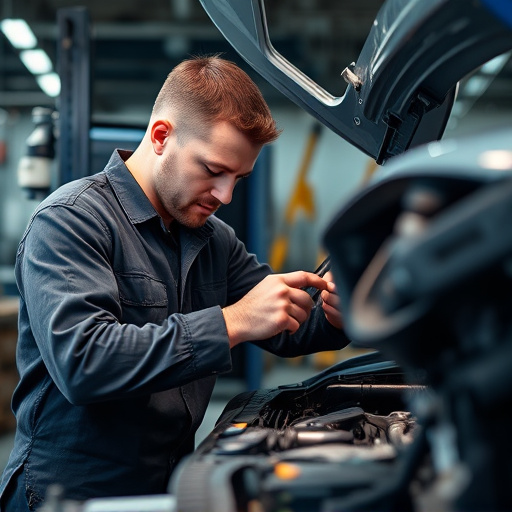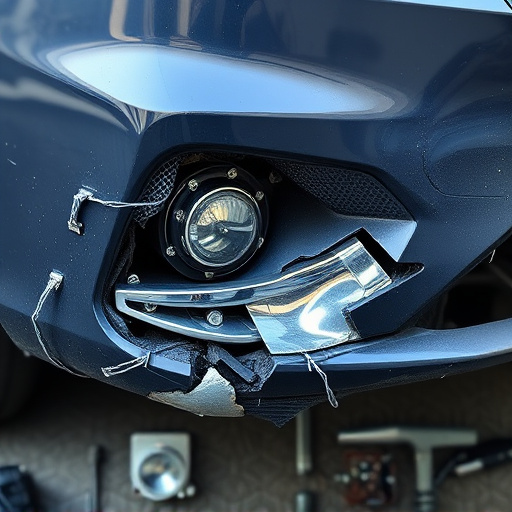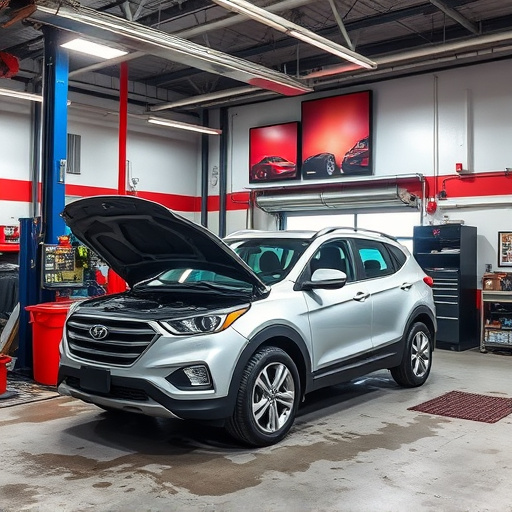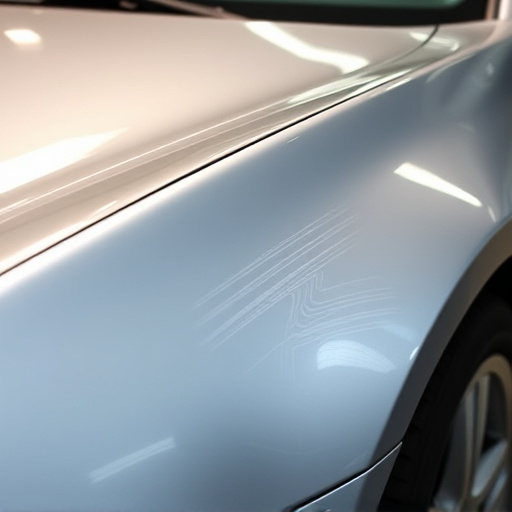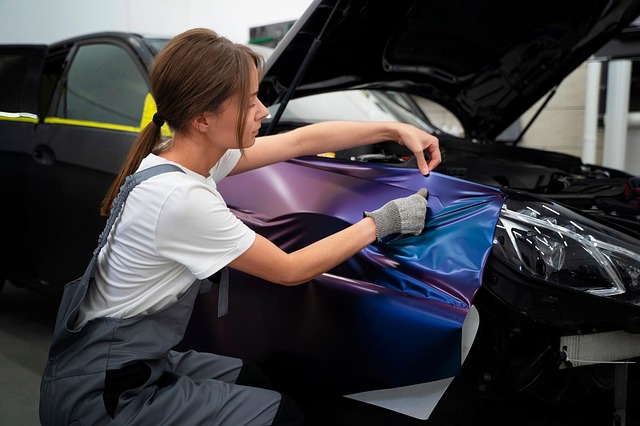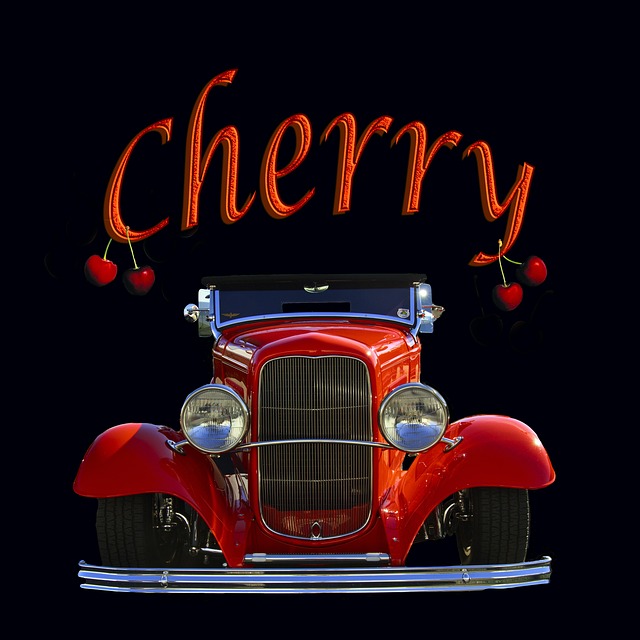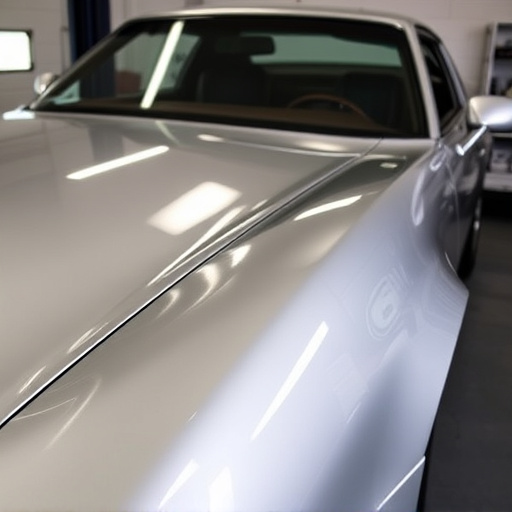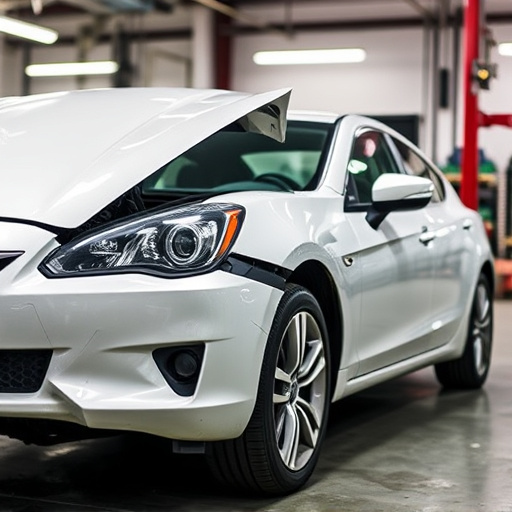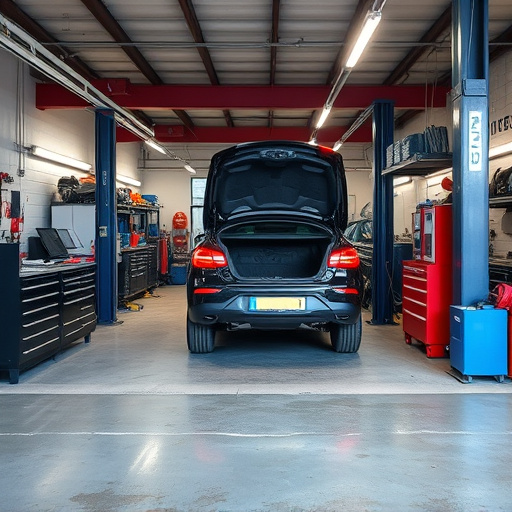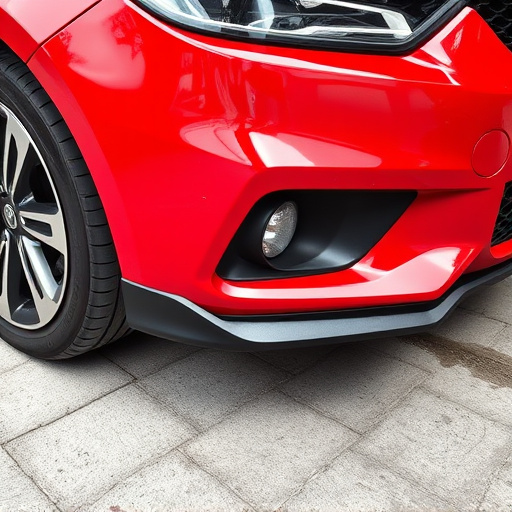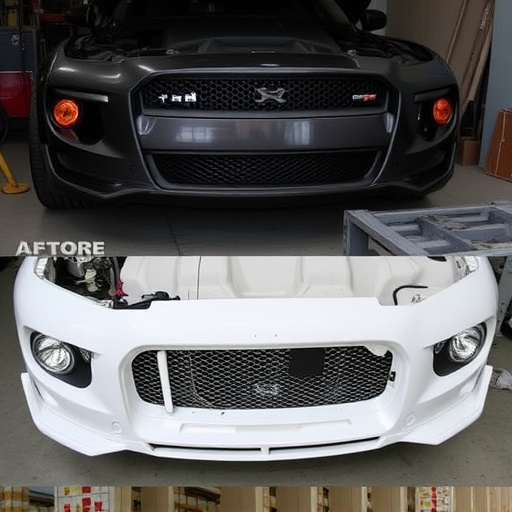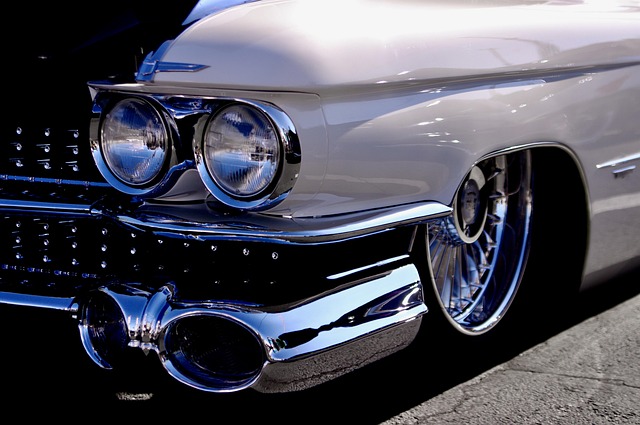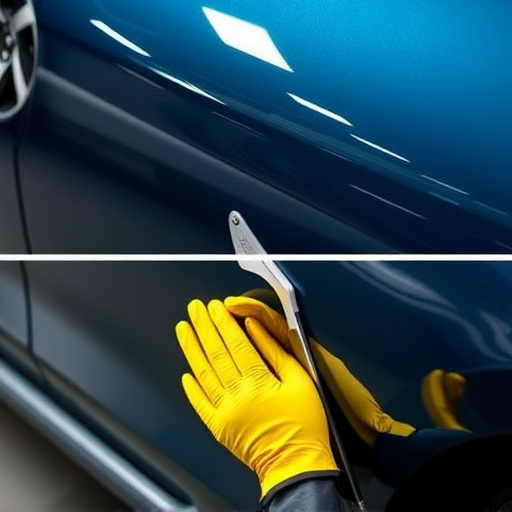Collision repair for vintage vehicles requires meticulous care to preserve their historical and cultural significance. Skilled mechanics use traditional techniques and authentic materials to restore originality and maintain classic features like analog gauges. Meticulous inspection, accurate documentation, and period-correct parts ensure the vehicle's integrity while fixing functional issues, honoring its rich history and aesthetic appeal.
In today’s world, vintage vehicles are not just cars or motorcycles; they’re cherished pieces of history. When these classics encounter a collision, careful consideration is paramount to preserving their originality. This article delves into the intricacies of vintage vehicle collision repairs, guiding you through understanding their unique traits, navigating the delicate repair process, and offering a step-by-step guide to ensuring authenticity remains intact.
- Understanding Vintage Vehicle Uniqueness
- Collision Repair: A Delicate Process
- Preserving Authenticity: Step-by-Step Guide
Understanding Vintage Vehicle Uniqueness
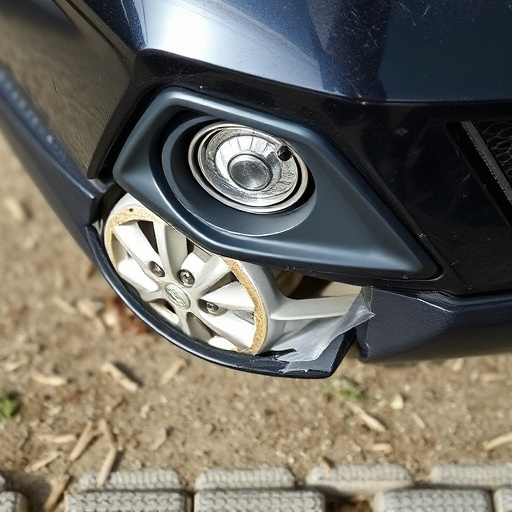
Vintage vehicles are not just cars or motorcycles from a bygone era; they are unique pieces of history that carry cultural weight. Each vintage vehicle is distinct, with its own story to tell and character to boast. Owning one isn’t merely about possessing an old mode of transport—it’s about embracing a specific era’s automotive craftsmanship and design aesthetics. When these classics meet the unfortunate fate of a collision, it becomes imperative to understand their singular nature. Unlike modern vehicles, vintage cars are not mass-produced; every dent, scratch, and curve in their bodywork holds significance.
In the context of a vintage vehicle collision repair, the task is as much about preserving history as it is about restoring functionality. Traditional car bodywork techniques, which may have been used originally, should be employed to maintain authenticity. This could involve intricate handwork, specialized tools, and an understanding of the original materials. A skilled restorer must recognize that a scratch repair isn’t just about making a car look good; it’s about ensuring the vehicle’s originality, value, and cultural integrity remain intact.
Collision Repair: A Delicate Process
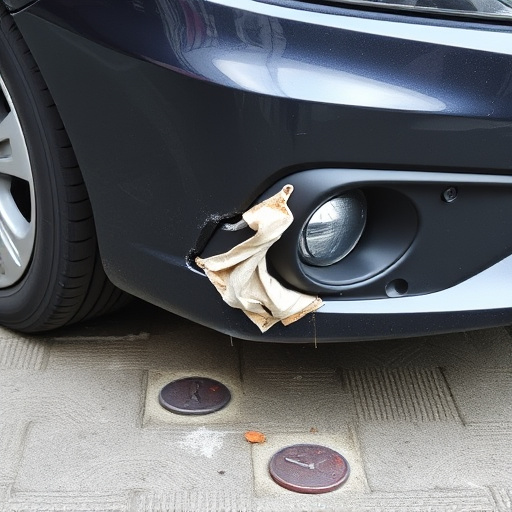
Collision repair for vintage vehicles is a meticulous art that demands precision and an understanding of their unique characteristics. These classic cars often hold historical value and require specialized care to ensure their originality and authenticity remain intact. Every dent, scratch, or crack must be carefully assessed and repaired while preserving the vehicle’s original state. The process involves a delicate balance between fixing functional issues and maintaining the car’s aesthetic appeal.
Expert mechanics skilled in vintage vehicle collision repair use advanced techniques and authentic materials, such as original or period-correct car paint services, to mimic the exact finish. They meticulously document each step, ensuring that every detail is considered during the restoration process. Car damage repair for these classics requires patience and an eye for detail, especially when dealing with intricate designs and delicate body panels. Vehicle restoration becomes a journey of preserving history, where every repair decision contributes to keeping these vintage treasures on the road while honoring their past.
Preserving Authenticity: Step-by-Step Guide
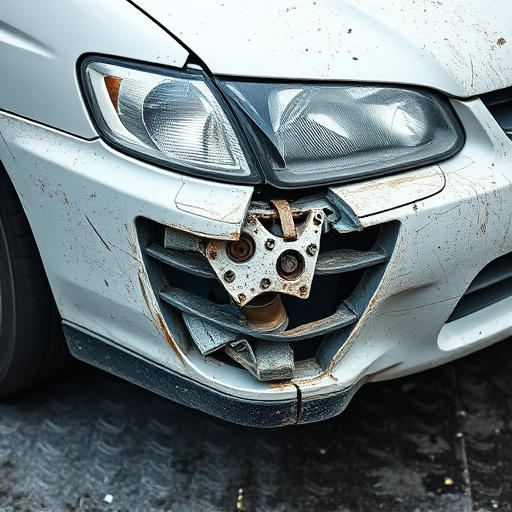
Preserving authenticity is a delicate process when it comes to vintage vehicle collision repairs. Here’s a step-by-step guide to ensure originality:
1. Assess Damage and Originality: Before any repair work begins, thoroughly inspect the damage and take detailed notes on the vehicle’s original components. This includes identifying unique features, original paint, and any distinctive markings that set it apart from modern vehicles.
2. Source Genuine Parts: When undertaking repairs, always source genuine or factory-spec parts designed specifically for your vintage make and model. While modern equivalents might seem tempting, they can often alter the vehicle’s aesthetic integrity and historical accuracy. Auto repair shops specializing in classic cars near you are more likely to have access to these original parts.
3. Match Paint and Finishes: Repainting should be done with extreme care, using paint formulas that closely match the original. This involves researching and mixing colors accurately to maintain the vehicle’s authentic appearance. It’s also crucial to apply finishes that replicate the vintage look, from gloss to matte, ensuring every detail aligns with the era.
4. Retain Original Features: Whenever possible, retain and restore original features rather than replacing them with newer alternatives. This could include anything from classic analog gauges to unique door handles or even intricate chrome accents. These details contribute significantly to the vehicle’s overall charm.
5. Document Every Step: Throughout the repair process, maintain meticulous records of each step taken. This documentation not only aids in future reference but also ensures that any potential modifications are easily traceable. It’s an essential practice for both vehicle restoration and insurance purposes, especially when dealing with a vintage vehicle collision.
Preserving the originality of vintage vehicles during collision repairs is a delicate art that requires meticulous attention. By following a structured guide, from understanding the unique aspects of these vehicles to implementing specific preservation techniques, restorers can ensure these classic cars remain authentic and valued pieces of history. When it comes to vintage vehicle collision repairs, prioritizing authenticity not only maintains the car’s aesthetic appeal but also safeguards its place in automotive heritage.
